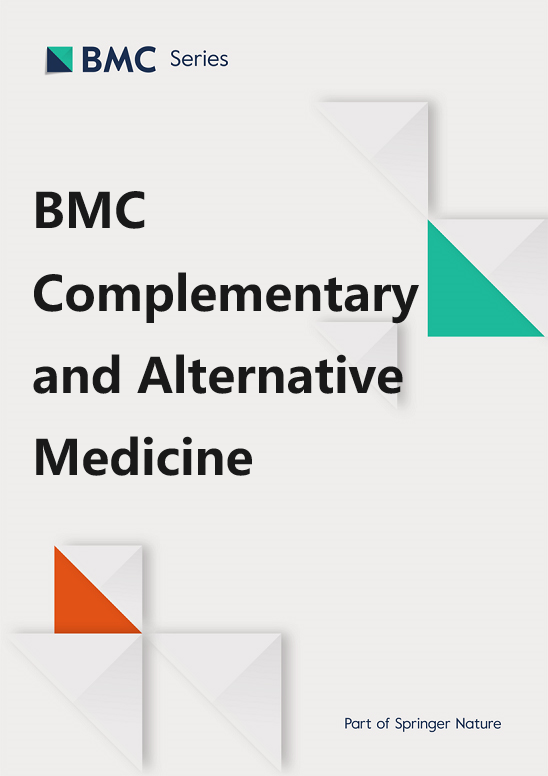基于分子对接和实验验证的生物变色素 A 通过调节 ROS/MAPK 信号通路抑制 2 型糖尿病骨质疏松症的破骨细胞生成
IF 3.4
2区 医学
Q1 Medicine
引用次数: 0
摘要
越来越多的 2 型糖尿病患者同时患有骨质疏松症。因此,需要找到更有效的治疗策略。有研究表明,生物茶素 A(BCA)可在改善 2 型糖尿病代谢紊乱和预防骨质疏松症方面发挥作用。但BCA是否能治疗2型糖尿病骨质疏松症还没有研究。为了研究 BCA 是否能预防 2 型糖尿病骨质疏松症并阐明其机制。通过显微CT和组织学检测检测骨小梁,分析BCA对骨组织形态学的影响。CCK-8试验检测BCA的毒性。TRAcP染色、免疫荧光和羟基磷灰石吸收试验用于观察破骨细胞的分化和吸收活性。分子对接通过算法预测提供了BCA调控MAPK轴的证据。利用QRT-PCR和Western Blotting检测破骨细胞生成相关标记物和MAPK信号通路的表达。根据三维重建可以发现,BCA治疗后骨量增加。此外,使用BCA治疗的db/db小鼠的破骨细胞数量少于使用生理盐水治疗的db/db小鼠。在体外,我们发现 BCA 对破骨细胞前体没有毒性,但也抑制了破骨细胞的分化。此外,我们还发现 BCA 通过 ROS/MAPK 信号通路抑制破骨细胞的生成。BCA可通过ROS/MAPK信号通路限制破骨细胞分化,从而预防2型糖尿病骨质疏松症。本文章由计算机程序翻译,如有差异,请以英文原文为准。
Biochanin A abrogates osteoclastogenesis in type 2 diabetic osteoporosis via regulating ROS/MAPK signaling pathway based on integrating molecular docking and experimental validation
There are accumulating type 2 diabetes patients who have osteoporosis simultaneously. More effective therapeutic strategies should be discovered. Biochanin A (BCA) has been indicated that can play a role in improving metabolic disorders of type 2 diabetes and preventing osteoporosis. But whether BCA can treat type 2 diabetic osteoporosis has not been studied. To investigate if the BCA can protect against type 2 diabetic osteoporosis and clarify the mechanism. Micro-CT and histology assays were performed to detect the trabecular bone and analyze the bone histomorphology effect of BCA. CCK-8 assay was performed to detect the toxicity of BCA. TRAcP staining, immunofluorescence and hydroxyapatite resorption assay were used to observe osteoclasts differentiation and resorptive activity. Molecular docking provided evidence about BCA regulating the MAPK axis via prediction by the algorithm. QRT-PCR and Western Blotting were utilized to detect the expression of osteoclastogenesis-related markers and MAPK signaling pathway. Accumulation of bone volume after BCA treatment could be found based on the 3D reconstruction. Besides, there were fewer osteoclasts in db/db mice treated with BCA than db/db mice treated with saline. In vitro, we found that BCA hadn’t toxicity in osteoclasts precursor, but also inhibited differentiation of osteoclasts. Further, we found that BCA suppresses osteoclastogenesis via ROS/MAPK signaling pathway. BCA can prevent type 2 diabetic osteoporosis by restricting osteoclast differentiation via ROS/MAPK signaling pathway.
求助全文
通过发布文献求助,成功后即可免费获取论文全文。
去求助
来源期刊

BMC Complementary and Alternative Medicine
INTEGRATIVE & COMPLEMENTARY MEDICINE-
CiteScore
7.00
自引率
0.00%
发文量
0
审稿时长
3 months
期刊介绍:
BMC Complementary Medicine and Therapies is an open access journal publishing original peer-reviewed research articles on interventions and resources that complement or replace conventional therapies, with a specific emphasis on research that explores the biological mechanisms of action, as well as their efficacy, safety, costs, patterns of use and/or implementation.
 求助内容:
求助内容: 应助结果提醒方式:
应助结果提醒方式:


